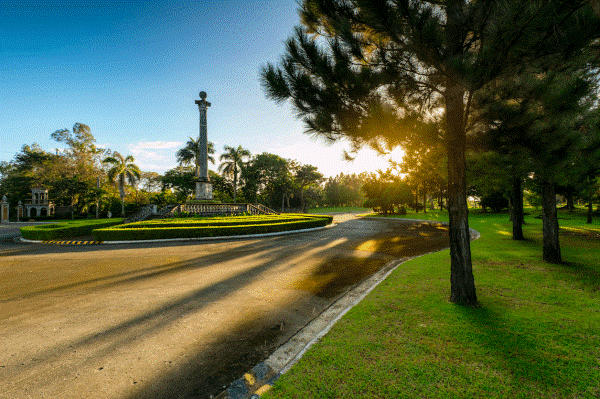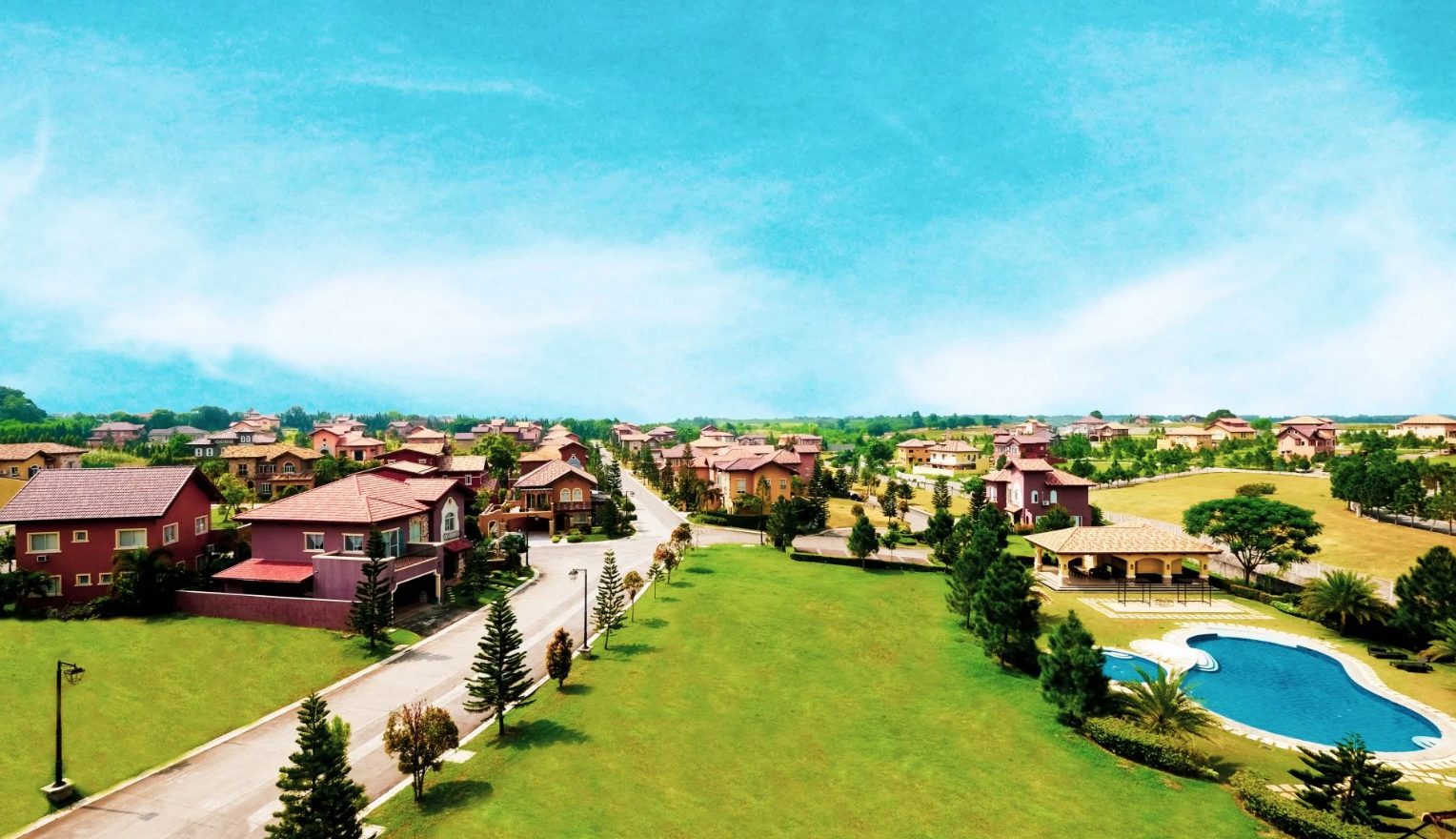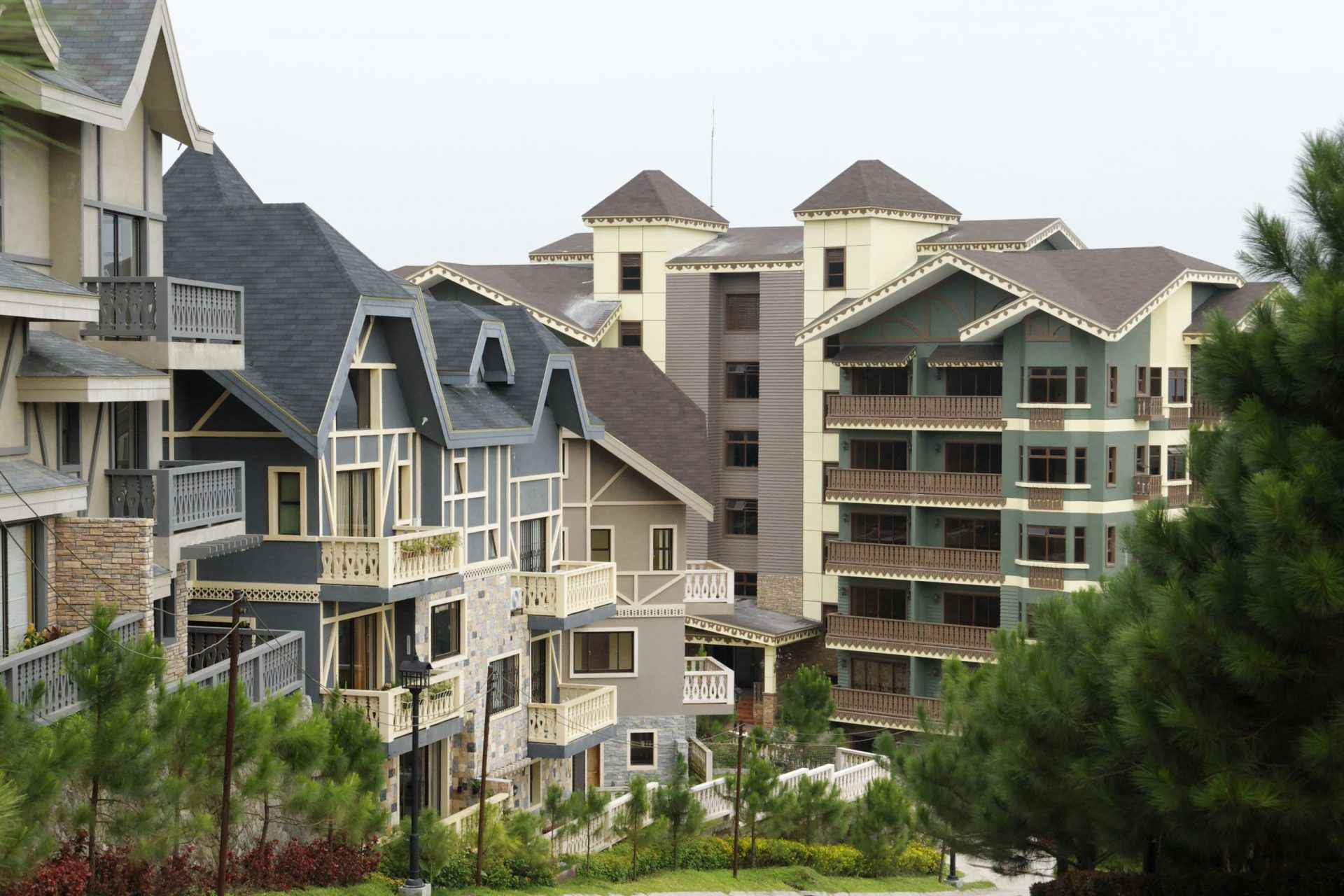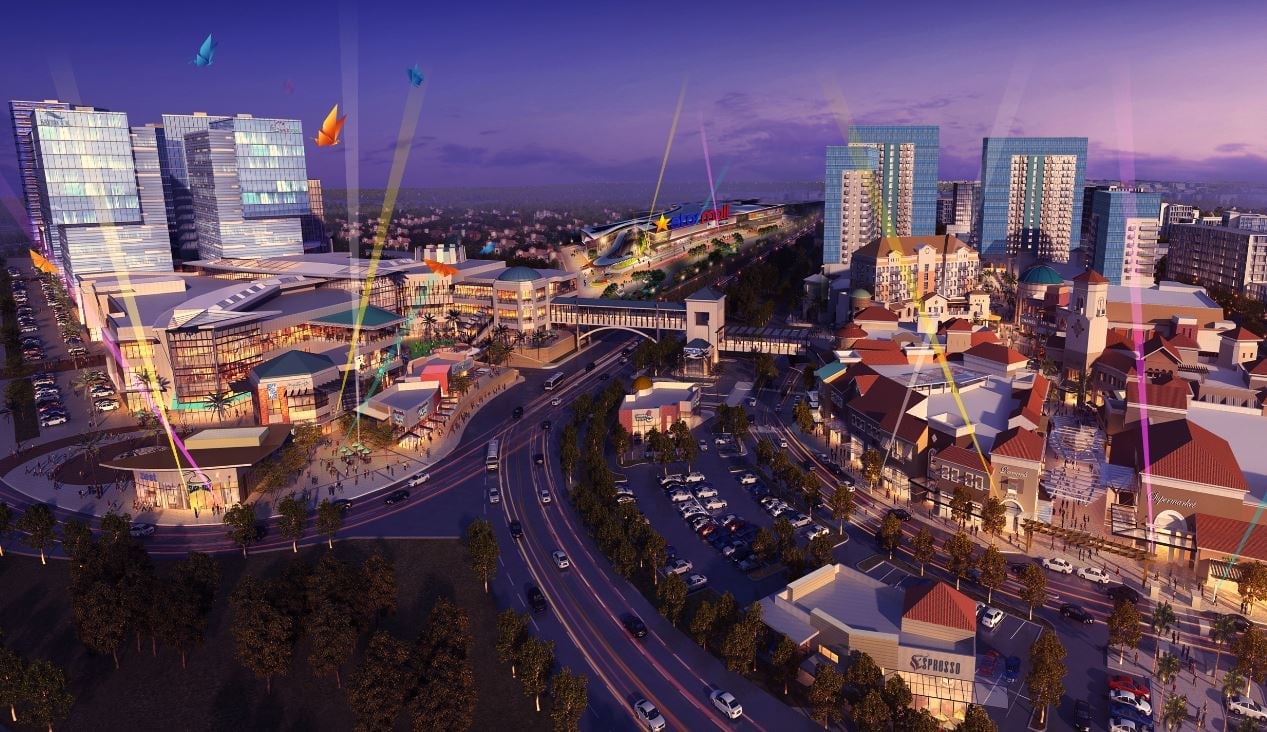BLOGS
Walkable Communities: New Housing Trend
In recent years, homebuyers and community members have been prioritizing walkable cities in looking for a permanent home. This is true especially for luxury homes Philippines as luxury real estate is always one step ahead. Aside from the usual reasons for choosing an area like job opportunities, the aesthetics, and the cost of houses, people really do take into account how easy it is to get from place to place in the city.
Living in an affluent city means very little if you cannot even safely walk to your usual destinations like the grocery stores or the gym. A community walk provides physically active and practical people an opportunity to reap the health benefits and environmental benefits of walking in their everyday life.
What Is the Concept of Walkable Neighborhoods?
A walkable community, also known as a pedestrian-friendly community, walkable neighborhood, or walk friendly communities, is an urban or suburban area designed to prioritize and promote walking as a primary mode of transportation. It is defined by its accessibility, safety, and proximity of essential amenities, services, and recreational areas within a reasonable walking distance.
Here are some key features of walk friendly communities:
Compactness
Walk friendly communities are typically designed with a compact layout, where residential, commercial, and recreational areas are located close to each other. This reduces the distances between destinations and encourages people to walk instead of relying heavily on cars.
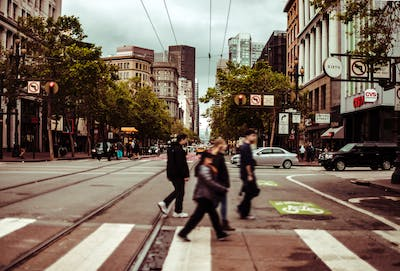
Pedestrian Infrastructure
It includes well-maintained sidewalks, crosswalks, and footpaths that are safe, comfortable, and convenient for pedestrians. These infrastructure elements may also include pedestrian bridges, tunnels, or traffic calming measures to enhance safety.
Mixed-Use Development
A walkable community often incorporates a mix of residential, commercial, and institutional land uses. This mix allows residents to have easy access to shops, offices, schools, parks, and other services within a reasonable walking distance, reducing the need for long car trips.
Connectivity
Walkable communities prioritize connectivity through a well-designed street network that facilitates easy and direct access to various destinations. This includes a grid pattern of streets, interconnected pathways, and pedestrian-friendly intersections.
Safety
Safety is a crucial aspect of walk friendly communities. It includes safe routes, traffic calming measures, reduced speed limits, well-lit pathways, and enhanced visibility at intersections to ensure the safety of pedestrians.
Landscaping and Public Spaces
Walkable communities often incorporate green spaces, parks, and public squares that provide areas for recreation, social interaction, and relaxation. These spaces can contribute to the overall livability and attractiveness of the community.
Access to Public Transportation
Walk friendly communities often have good access to public transportation systems, such as buses, trains, or light rail. This allows residents to combine walking with public transit for longer trips, further reducing reliance on private vehicles.
The concept of walkable communities aims to create environments that promote physical activity, reduce traffic congestion, enhance social interactions, and improve overall quality of life for residents. It fosters a healthier and more sustainable lifestyle by making walking a viable and pleasant mode of transportation.
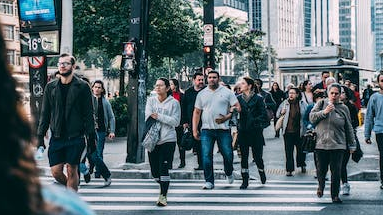
What Are the Impacts of Walkable Communities?
Walkable communities offer a range of benefits that positively impact individuals, the environment, and the community as a whole. Here are some key benefits of walkable communities:
Improved Health and Well-being
Walking as a primary mode of transportation promotes leisure time physical activity, leading to improved cardiovascular health, weight management, and reduced risk of chronic diseases such as obesity, diabetes, and heart disease. Regular physical activity also helps improve mental well-being, reducing stress and improving overall mood.
Increased Social Interaction
Walk friendly communities encourage social interaction and community engagement. When people are out walking, they are more likely to interact with their neighbors, meet new people, and build a sense of community. This can enhance social connections, reduce feelings of isolation, and foster a greater sense of belonging.
Reduced Traffic Congestion
By prioritizing walking as a viable transportation option, walkable communities can help reduce traffic congestion. When people can easily walk to nearby destinations, it decreases the number of short car trips, thereby reducing traffic on the roads and easing congestion.
Environmental Sustainability
Walkable communities promote sustainable transportation options by reducing reliance on private vehicles. This leads to lower carbon emissions, improved air quality, and reduced fuel consumption. It also helps preserve green spaces and reduces air pollution and the need for expansive parking lots. This is one reason why community leaders should support safer walking environments instead of a transit oriented development.
Economic Benefits
Walkable communities can have positive economic impacts. When people can walk to local businesses, shops, and restaurants, it boosts local economies and supports small businesses. Walkability can also increase property values, attract investment, and create a vibrant and attractive neighborhood that appeals to residents, visitors, and businesses.
Enhanced Safety
Walkable communities prioritize safer walking environments by providing well-maintained sidewalks, crosswalks, and traffic-calming measures. This creates a safer environment for pedestrians, reducing the risk of accidents and injuries. Improved safety encourages more people to choose walking as a mode of transportation. It would be a shame if the most beautiful houses in the Philippines are in unsafe communities.
Improved Accessibility and Equity
Walkable communities provide greater accessibility for all individuals, including those who do not own a car or have limited mobility. People of all ages and abilities can benefit from walkable neighborhoods, ensuring that everyone has equal access to essential amenities, services, and recreational areas.
Be able to access all your favorite spots in the city by living in a walkable community like the ones owned by Brittany Corporation. They have luxury homes Philippines in exclusive communities that are smartly planned, for the few who can afford them. Go get yourself a luxury house, because luxury real estate never disappoints, not even when it comes to urban planning.
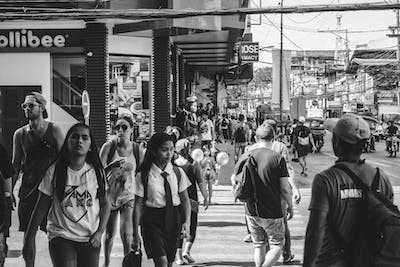
Walkable Communities in the Philippines
There are several walkable communities in the Philippines that prioritize pedestrian-friendly environments and promote walkability. Here are a few examples:
Bonifacio Global City (BGC), Taguig City
BGC is a planned community in Metro Manila known for its walkability. It features wide sidewalks, dedicated pedestrian zones, and a well-connected street network. BGC offers a mix of residential, commercial, and recreational areas, including parks, restaurants, shopping centers, and offices.
Makati Central Business District (CBD), Makati City
Makati CBD is a major financial and commercial hub in Metro Manila. It has a compact layout with pedestrian-friendly streets and sidewalks. The CBD is home to various office buildings, shopping centers, hotels, and restaurants, making it convenient for residents and workers to walk to their destinations.
Quezon City, New Manila
New Manila is a residential neighborhood in Quezon City known for its tree-lined streets and pedestrian-friendly environment. It offers a mix of single-family homes, townhouses, and low-rise apartment buildings. Residents can easily walk to nearby schools, churches, parks, and commercial establishments via a community walk.
Araneta City, Quezon City
Araneta City is a mixed-use development in Quezon City that encompasses residential, commercial, and entertainment areas. It features wide sidewalks, pedestrian plazas, and underground walkways connecting various buildings and establishments. The area is home to shopping malls, hotels, restaurants, and the famous Smart Araneta Coliseum.
Cebu IT Park, Cebu City
Cebu IT Park is a business and lifestyle hub located in Cebu City. It is known for its pedestrian-friendly streets, landscaped gardens, and dedicated walking paths. The park offers office spaces, retail outlets, dining options, and green spaces, all within walking distance.
Brittany Santa Rosa
Brittany Santa Rosa is a sustainable community located in Santa Rosa, Laguna, south of Metro Manila. It features a network of walking and biking trails, park spaces, and a lake. Brittany Santa Rosa offers residential areas, promoting an active and walkable lifestyle. Live in this walkable city by getting a luxury house in Santa Rosa. Brittany Corporation has some themed offerings there in exclusive communities that are definitely walkable. The most beautiful houses in the Philippines look even better when situated in spacious and walkable environments.
Conclusion
A community walk really does wonders to a neighborhood. Walkable communities encourage walking, enhance pedestrian street life, support economic development, and mitigate noise pollution, among others. When choosing a place to live in, only choose houses in walkable neighborhoods.
Check out Brittany Corporation for the luxury house and luxury homes Philippines that they offer. Aside from specializing in luxury real estate, they also only build properties in spacious environments that are surely walkable. Your family deserves only the safest, smartest, and the most beautiful houses in the Philippines.
Suggested Read: Economic and Environmental Benefits Of Walkable Communities
Suggested Read: 5 Neighborhoods To Live In For Everyone’s Interest
Suggested Read: Why Should You Live In A Healthy Neighborhood
Suggested Read: Ways To Stay Active At Home





